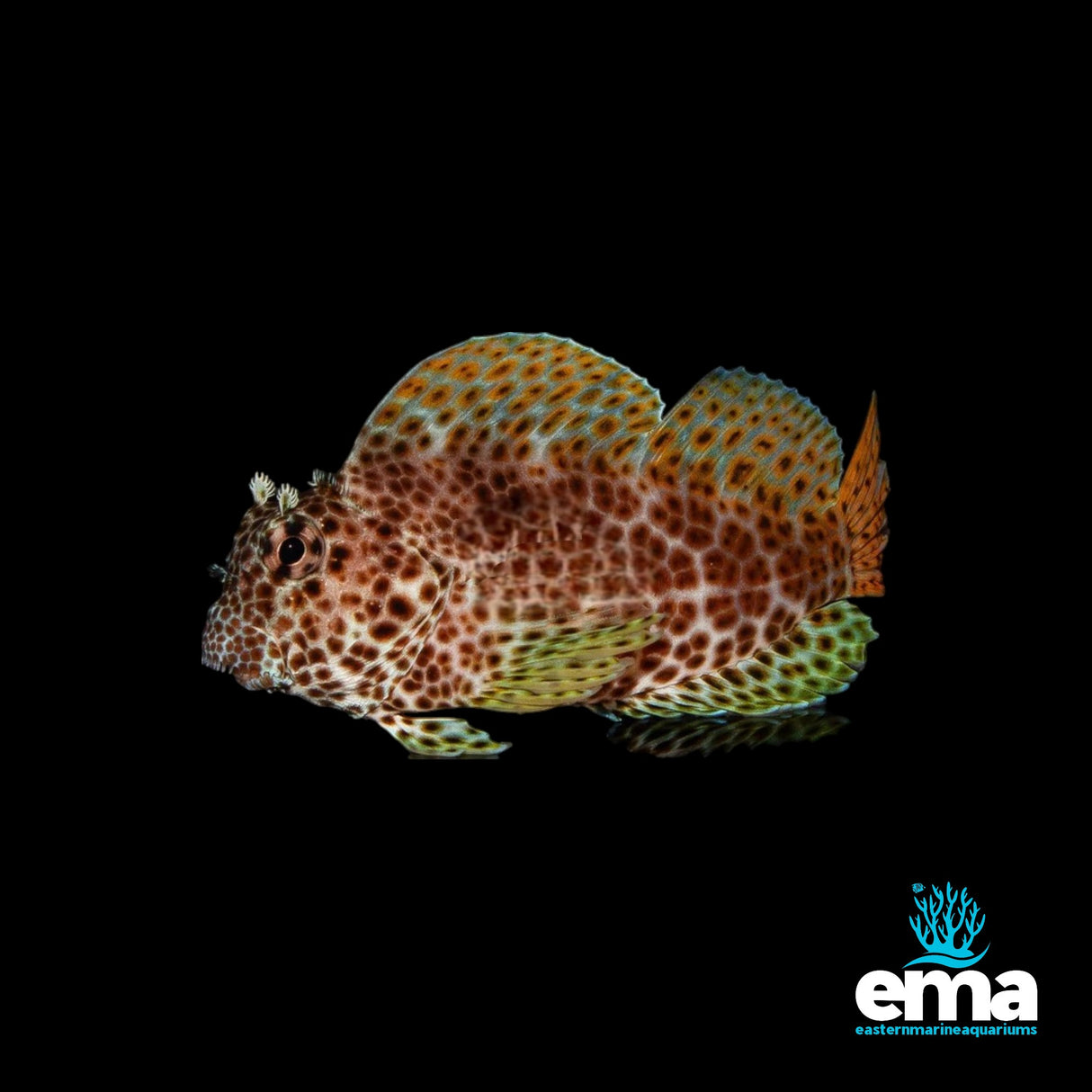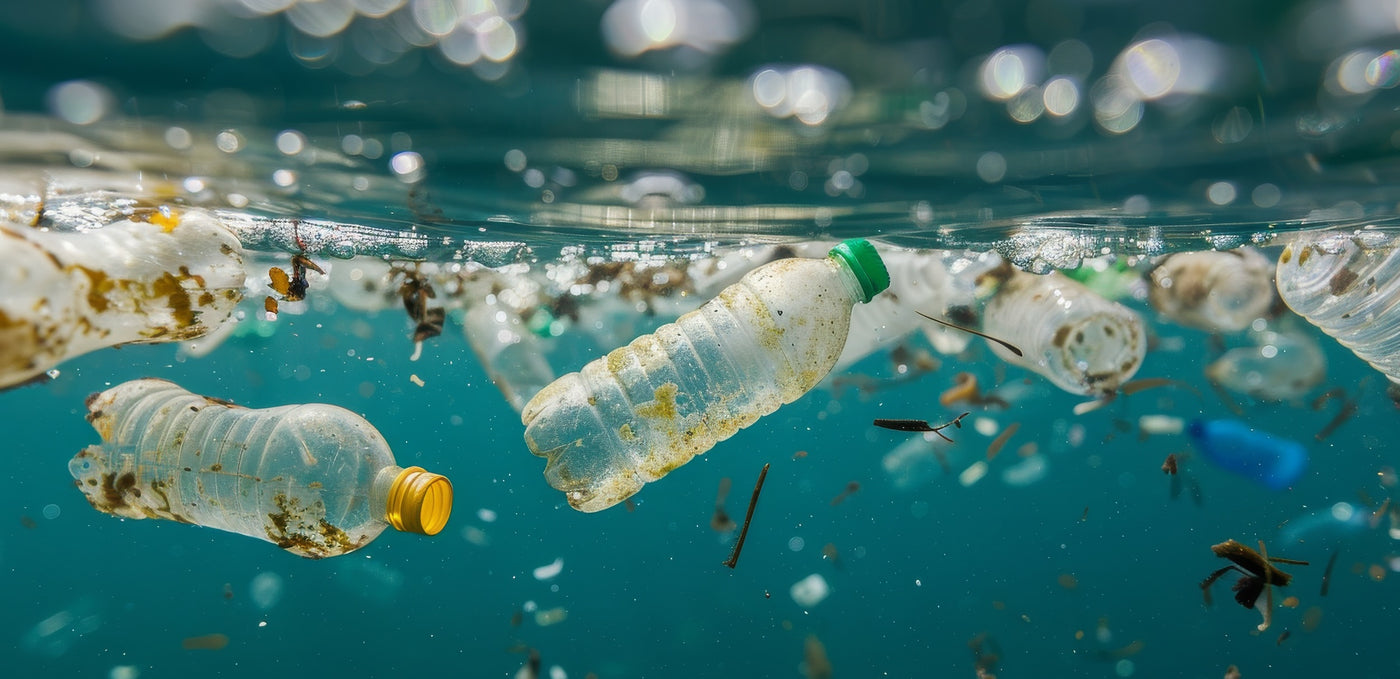Leopard Blenny
Leopard Blenny is backordered and will ship once an order is placed. Contact us for delivery timeframes.
Delivery and Shipping
Delivery and Shipping
We highly advise same day airfreight for all fish shipping, although overnight courier is also available nationwide.
- Airfreight is a flat $75 rate anywhere in NZ and can include up to 10 fish/coral for the single charge. We can also include dry goods/frozen food in the order, up to a total weight of 75kg.
- Overnight courier is $25-50 depending on the destination and polybox used.
For more information on shipping, head to our shipping page!
What we're feeding
What we're feeding
Nutrition, like humans, is important for fish. You get out what you put in. Therefore, EMA places great emphasis on providing all our fish a varied diet. Below is an example of what our fish are currently feeding on:
- Fauna Marin Soft Multi Mix
- Fauna Marin Veggie Flakes
- Frozen Nutrition Mysis
- Frozen Nutrition Formula One
- Frozen Nutrition Formula Two
- Live Brine Shrimp
- Fauna Marin 100% Natural Green Seaweed
- Cockles (Mainly for butterflies/angels, available from your local supermarket).
All our staff are trained in fish nutrition, so if you require any guidence, please ask! Frozen/Dry food can also be sent with your airfreight consignment with no extra charge, so add these to the order if you wish and we will combine them into a seperate box.
Acclimation tips
Acclimation tips
Adjusting to a new aquarium is the most stressful event a fish can go through, so it's important to understand the following for long term success:
- Consider your existing fish. When adding a new fish, often existing fish can become aggressive to assert their dominance. This can be hard on the new fish, due to the stress of moving aquariums and then dealing with aggressive fish. Consider removing the existing fish using a fish trap (ours is available for loan, just ask) and place any aggressive fish in the sump for a couple of weeks while the new fish adjusts to their new home.
- Always acclimate without any lights on. Bright light can be stressful, especially when a fish has been in transit.
- Slowly open the box to avoid light stress
- Use the float acclimation method and ensure acclimation isn't too long - we recommend up to 30 minutes.
- If a fish is showing signs of stress during acclimation, consider speeding up the acclimation. Remember, stress is the number one killer of fish.
- Once you've adjusted to salinity and temperature through acclimation, release the fish into the aquarium (but not the bag water).
- Give the fish space. Although adding a new fish is an exciting time, remember that the fish is stressed, so give the fish space while he/she settles in. Avoid sudden movements, running around the tank or tapping on the glass.
- Have realistic expectations. It is normal for new fish to take a while to eat, or show natural behaviours. This is a transition period, so the less stress you can place the fish under, the better the long term result.
- Ask. Seems obvious, but our staff can't help if we don't know. Always feel welcome tor each out for advice. You can either use our Chat function 24/7, or email/Facebook us.
EMA's Promise.
Qualified, Honest Advice Using Techniques & Protocols that we use ourselves.
Description
Description
The Exallias brevis, commonly known as the Leopard Blenny, is a striking and unusual reef fish known for its bold patterning and inquisitive personality. Native to the Indo-Pacific region, this species is easily recognized by its elongated body covered in a maze-like pattern of dark brown spots on a pale cream to olive background—mimicking the appearance of a leopard, hence its name. Reaching up to 14–15 cm in length, the Leopard Blenny is a unique and eye-catching addition to large, mature reef aquariums with the right conditions.
While the Leopard Blenny is a fascinating fish, it is not reef-safe. It is strictly herbivorous and naturally grazes on coral polyps and filamentous algae in the wild. In captivity, it often develops a taste for live coral tissue—especially SPS—making it unsuitable for tanks containing corals. For this reason, it is best housed in fish-only with live rock (FOWLR) setups or dedicated non-reef displays. A tank size of at least 200 litres is recommended, with abundant rockwork and algae growth to support its natural grazing behavior.
Feeding Exallias brevis can be challenging, particularly if insufficient algae is present in the system. Offer a varied herbivorous diet including nori (dried seaweed), spirulina-based flakes or pellets, and algae-enriched frozen foods. Grazing opportunities on live rock and tank surfaces are also essential. The Leopard Blenny thrives in stable water conditions with temperatures between 24–27°C, salinity at 1.023–1.025, and a pH of 8.1–8.4. Though its care level is considered moderate to advanced due to dietary needs and coral compatibility, this species rewards attentive aquarists with fascinating behavior and a truly exotic appearance.
Our Quarantine Procedures
Our Quarantine Procedures
We take livestock seriously. That's why we don't sell anything we wouldn't be comfortable putting in our own tank.
As we are direct from source, we import and sell direct to the public. This means you can buy with confidence knowing EMA prides itself on excellent handling and conditioning protocols.
All our fish held in a quarantine system for a minimum of 3 weeks. During this time, regular water changes are performed, and twice daily (or sometimes more) feedings are performed.
Copper is dosed and checked twice a day for ich and velvet.
During this treatment fish are given formalin baths for brooklynella and a minimum of 3 praziquantel doses is performed for flukes.
Payment & Security
We offer a number of different payment methods, including Credit Card, Afterpay, Q Card, Pay at Collection, Bank Transfer and POLi.
Credit card payments are processed securely using the highest possible security protocols.







